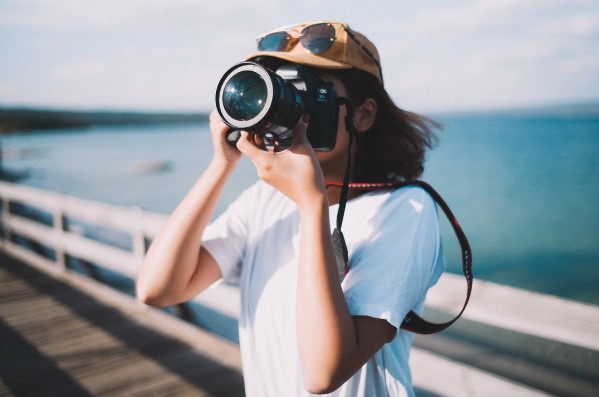Welcome to a comprehensive resource designed to transform your passion for photography into a tangible skill. Whether you’ve just picked up your first camera or you’re looking to refine your existing abilities, this guide will lead you through the intricacies of capturing life’s most fleeting moments with artistry and precision.
We’ll explore the foundational principles of photography, provide step-by-step tutorials on various techniques, and offer advice on how to present your work professionally. Embark on this creative journey with us, and unlock the full potential of your photographic talents.

Understanding Your Equipment
Before you can fully master the art of photography, it’s essential to familiarize yourself with the equipment at your disposal. A deep understanding of your camera’s capabilities and how to manipulate its settings is the first step toward capturing compelling images. Experimentation is key. Take the time to play with different settings, noting how changes in aperture, shutter speed, and ISO affect your images. Moving beyond auto mode opens up a world of creativity, allowing you to capture scenes in ways that truly reflect your vision.
Also, don’t limit yourself to just one lens. Each type of lens has its unique capabilities and can produce vastly different results. Wide-angle lenses are great for capturing landscapes and large group shots, while telephoto lenses excel at isolating subjects from their backgrounds.
The Basics of Composition
Composition is the backbone of a great photograph. It’s not just about what you capture but how you choose to frame it. Learning the rule of thirds, leading lines, and the importance of negative space can dramatically improve the visual appeal of your shots. Practice by taking photos with different compositional techniques in mind. Experiment with various angles and perspectives to find what best enhances the subject of your photograph. Remember, breaking the rules can sometimes lead to the most breathtaking results, so don’t be afraid to experiment.
Simplicity is often key in composing a strong image. Avoid cluttered backgrounds and distracting elements that take away from the main subject. Keep an eye on the edges of your frame, ensuring that no unwanted objects sneak into your shot. As the folks from dankosmayer.com put it, embracing simplicity can powerfully enhance a photograph. Also, don’t forget about lighting. The right light can make or break a shot, so be aware of the quality and direction of light when composing your images.
Lighting and Its Impact
Lighting can make or break a photograph. Understanding how to work with or manipulate light is crucial for photographers. Natural light offers a variety of shades and moods depending on the time of day, while artificial lighting can help illuminate your subject exactly how you wish.
Start by observing how natural light affects your subject at different times and under various conditions. Then, experiment with artificial sources of light, such as flashes or LED panels, to see how they can change the mood or clarity of your photos. This practice will develop your ability to use light creatively.
Post-Processing Techniques
In the digital age, taking the photo is only the beginning. Learning how to use post-processing software can elevate your photographs from good to extraordinary. Whether it’s adjusting the exposure, cropping, or applying filters, these tools allow you to refine your images further. Dive into tutorials and practice with different editing software. Experiment with adjustments to understand how they influence the final image. Developing a workflow that includes post-processing will greatly enhance the quality and impact of your photography.
Building a Portfolio and Sharing Your Work
A strong portfolio is vital for any photographer looking to showcase their work, whether for personal satisfaction or professional opportunities. It should reflect not only your best work but also your unique style and the range of your skills.
Start by selecting a variety of your best photographs, then organize them in a way that tells a story or highlights your versatility. Utilize online platforms and social media to share your work, gather feedback, and connect with other photographers. Remember, your portfolio is an evolving collection, so continue to update it as your skills and interests develop.

In the quest to master photography, the path is as enriching as the destination itself. From understanding the intricate details of your equipment to harnessing the power of light, each step you take brings you closer to capturing snapshots that not only resonate on a visual level but also evoke deep emotions. This guide has laid the groundwork for you to explore the vast and vibrant world of photography.
But remember, the essence of photography lies not in the perfection of images but in the stories they tell and the moments they preserve. Keep experimenting, learning, and evolving. Your unique perspective is your greatest asset. Share it with the world, and don’t forget to enjoy the creative journey that photography is.






